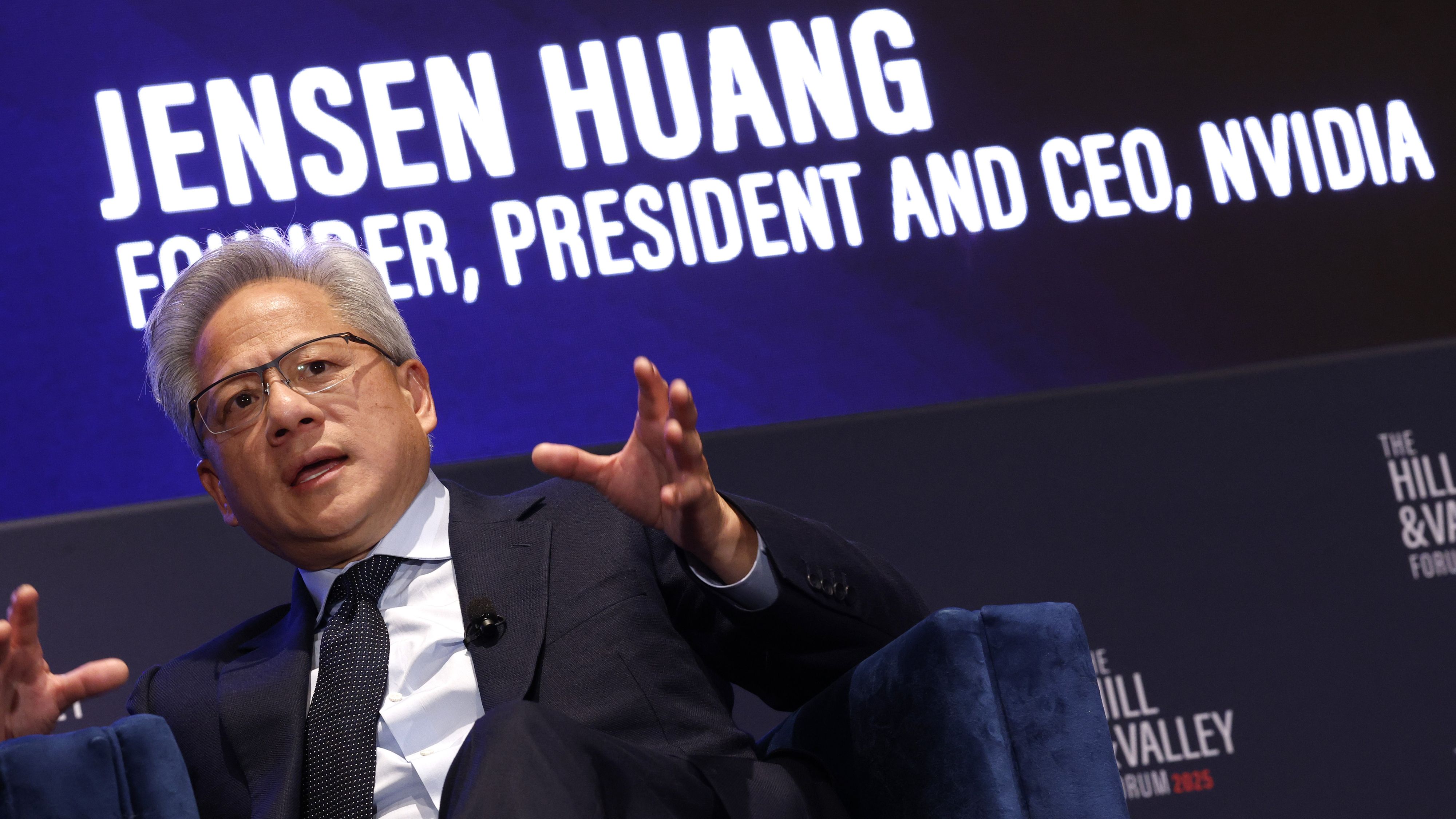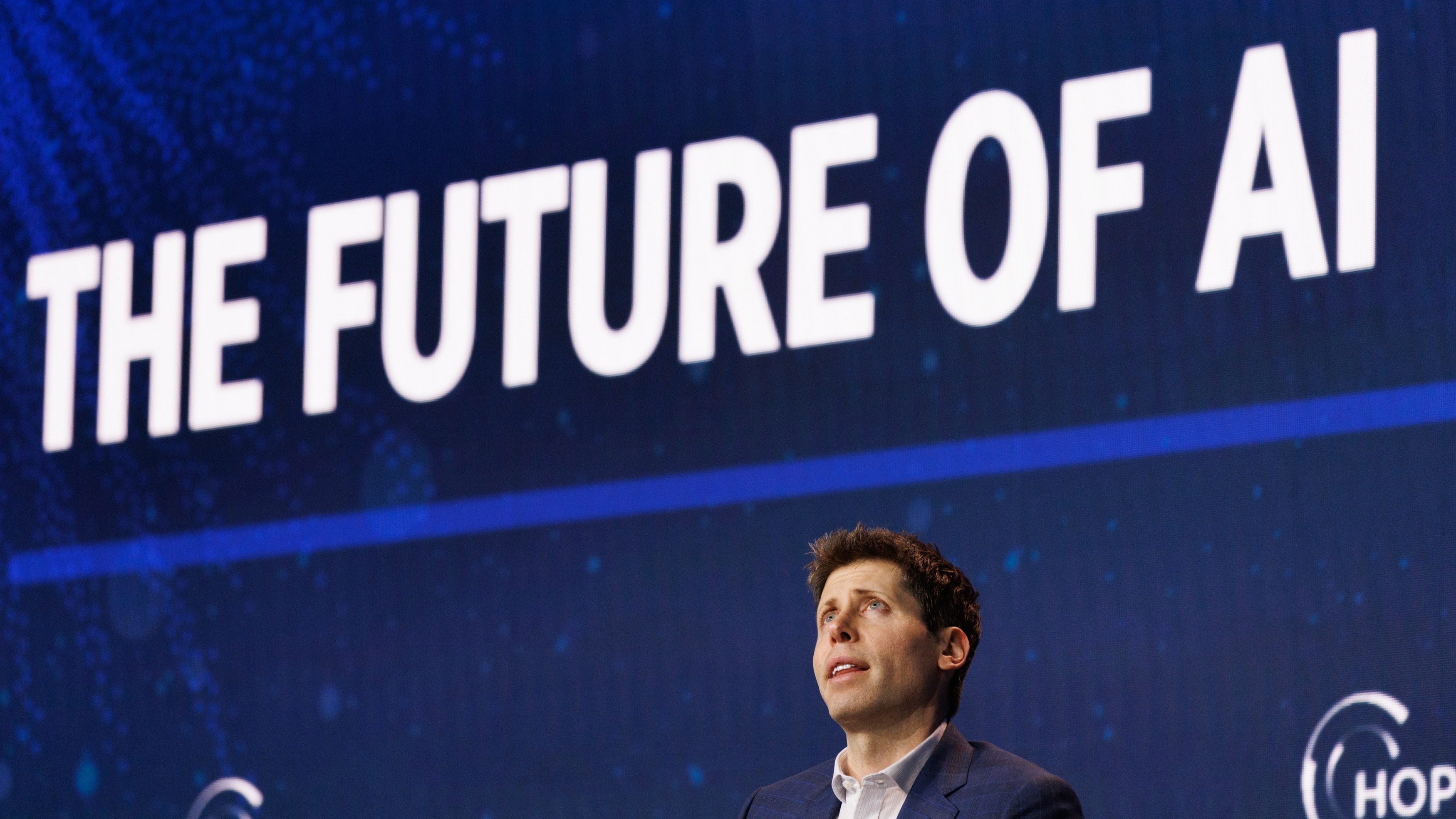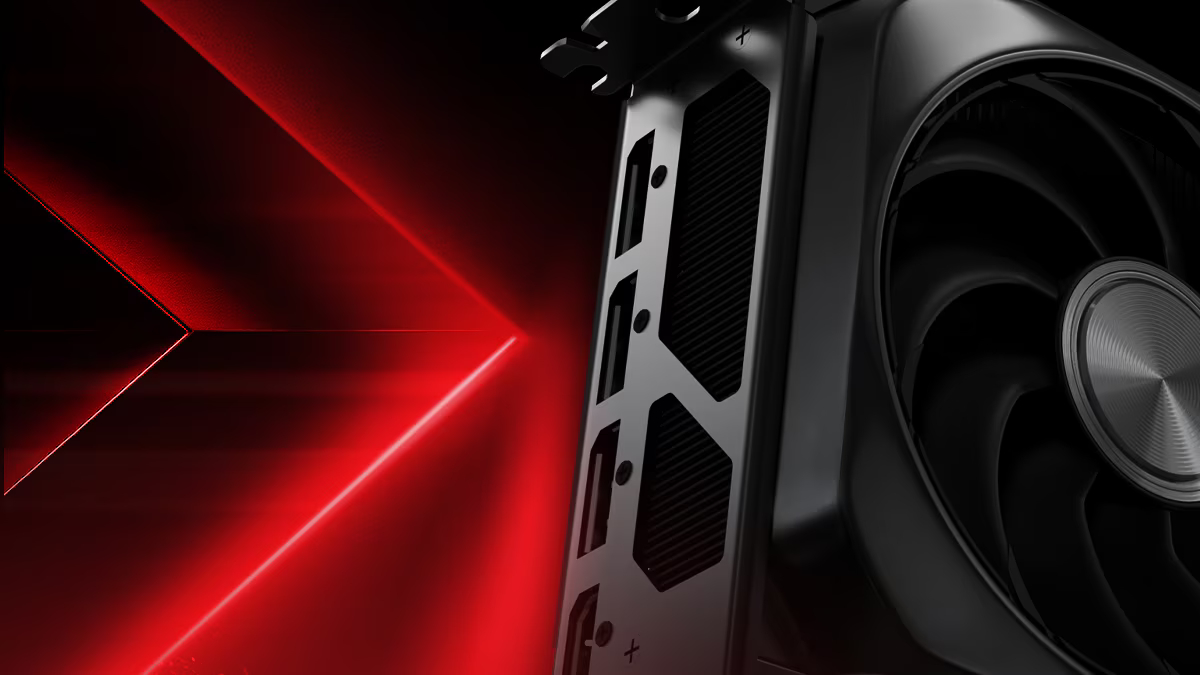
Earlier this week, AMD and OpenAI announced a bombshell partnership worth tens of billions of dollars, which will see AMD provide 6 gigawatts of computing power — via its Instinct AI GPUs — for the ChatGPT creator's next-gen AI infrastructure.
As part of the terms of the contract, OpenAI will buy the specialized Instinct chips and will have the opportunity to receive up to a 10% stake in AMD.
This news arrived roughly two weeks after NVIDIA announced it was investing $100 billion in OpenAI, which will see 10 gigawatts or more of NVIDIA AI GPUs head to the AI firm to help with the same AI infrastructure buildup.
These two major announcements, which see traditional rivals both funding the same AI company, have raised serious questions about the circular economy that is forming around the AI boom.
As Gary Marcus, a cognitive scientist and AI expert, wrote in a recent newsletter, "the total value of the tech market as a whole, which is supposed to reflect the future value of the companies within it, far exceeds what is likely ever to be delivered."
Marcus adds, regarding the recent OpenAI and Oracle $300 billion cloud deal, that OpenAI doesn't have anywhere near $300 billion to spend, nor does Oracle have the ability to provide the contracted chips or the capital to buy them.
To say that there are growing fears of an impending AI bubble crash would be an understatement, but NVIDIA's CEO Jensen Huang remains as upbeat as ever. He sat down with CNBC's Squawk Box on Wednesday, where he was asked about his thoughts regarding the industry's circular funding approach.
Pressed about the fact that OpenAI doesn't have the money to pay for its side of the partnership, Huang says:
They don't have the money yet. The way that it's going to happen, for every gigawatt of AI factories, you're probably going to need about $50 to $60 billion for the land, powered shell, all the computing and networking, and everything that goes along with that. They're going to have to raise that money through — first of all — revenue, which is growing exponentially, equity, or debt.
The topic then shifted to focus more on the circular economy, which has so many analysts worried about a bubble pop. Reviving the market horrors of Canadian telecom Nortel and American tech company Lucent in the early 2000s, host Rebecca Quick asks how the AI market is different.
Huang replies:
What's going on in the world versus what happened in 2000 is just dramatically different. Back then, as you recall, there were Pets.com, Hospitals.com, and all of the internet companies combined were what, $30 or $40 billion in size? [...] If you look at the AI hyperscalers, that's about $2.5 trillion of business that's already operating today.
NVIDIA's CEO also notes that the modern AI infrastructure buildout is only getting started in 2025, and it's still in the transition stage from "classical CPU-based computing" to "generative AI computing powered by GPUs." Huang adds, "So far, we're a couple hundred billion dollars into a multi-trillion-dollar buildout."
There's another aspect of the AI economy that has Huang sitting comfortably: Tokens.
Tokens are essentially the foundation of Large Language Model (LLM) computing. They're how AI interprets commands and questions that arrive in natural language, and they're helpful in gauging how much it costs to run AI.
Huang explains that there has been a recent transition that "is really, really important." Whereas early AI models "weren't useful enough to pay for," Huang posits that the new AI technology of recent months is different.
The new technology is now reasoning. It's doing research. Before it answers a question, it goes on the web and studies other PDFs and websites. It can now use tools, generate information for you, and it creates responses that are really useful. I use it every day, to the point where now the tokens are profitable.
Jensen Huang, NVIDIA CEO
Compute constraints, energy demands, and the search for AGI
It's no longer much of a secret that generative AI is a power-hungry beast that requires an unbelievable amount of hardware (and energy) to meet its computing demands.
Most major AI firms have discussed the problem in detail, including OpenAI's Sam Altman, who said earlier this year that his company no longer had compute constraints following Microsoft's loss of exclusive cloud provider status.
Altman's opinion seemed to change following the recent NVIDIA and OpenAI partnership announcement and before the AMD deal's reveal.
The compute constraints that the whole industry has been, and our company in particular have been terrible. We're so limited right now in the services we can offer. There is so much more demand than what we can do.
Sam Altman, OpenAI CEO
With such a high requirement for computing power for AI alone, it does seem like the trend of multi-billion (or trillion) dollar companies all shuttling money back and forth and receiving stakes in each other's worth could go on for quite a while.
The ultimate goal of most major AI firms is to achieve Artificial General Intelligence (AGI), aka intelligence surpassing human abilities, which is a frightening rabbit hole in its own respect. There are a lot of different opinions regarding when exactly AGI will arrive, but one thing is clear: AGI is where the real money will be made.
What happens if AGI doesn't arrive before investments dry up?

Follow Windows Central on Google News to keep our latest news, insights, and features at the top of your feeds!

Cale Hunt brings to Windows Central more than nine years of experience writing about laptops, PCs, accessories, games, and beyond. If it runs Windows or in some way complements the hardware, there’s a good chance he knows about it, has written about it, or is already busy testing it.
You must confirm your public display name before commenting
Please logout and then login again, you will then be prompted to enter your display name.

